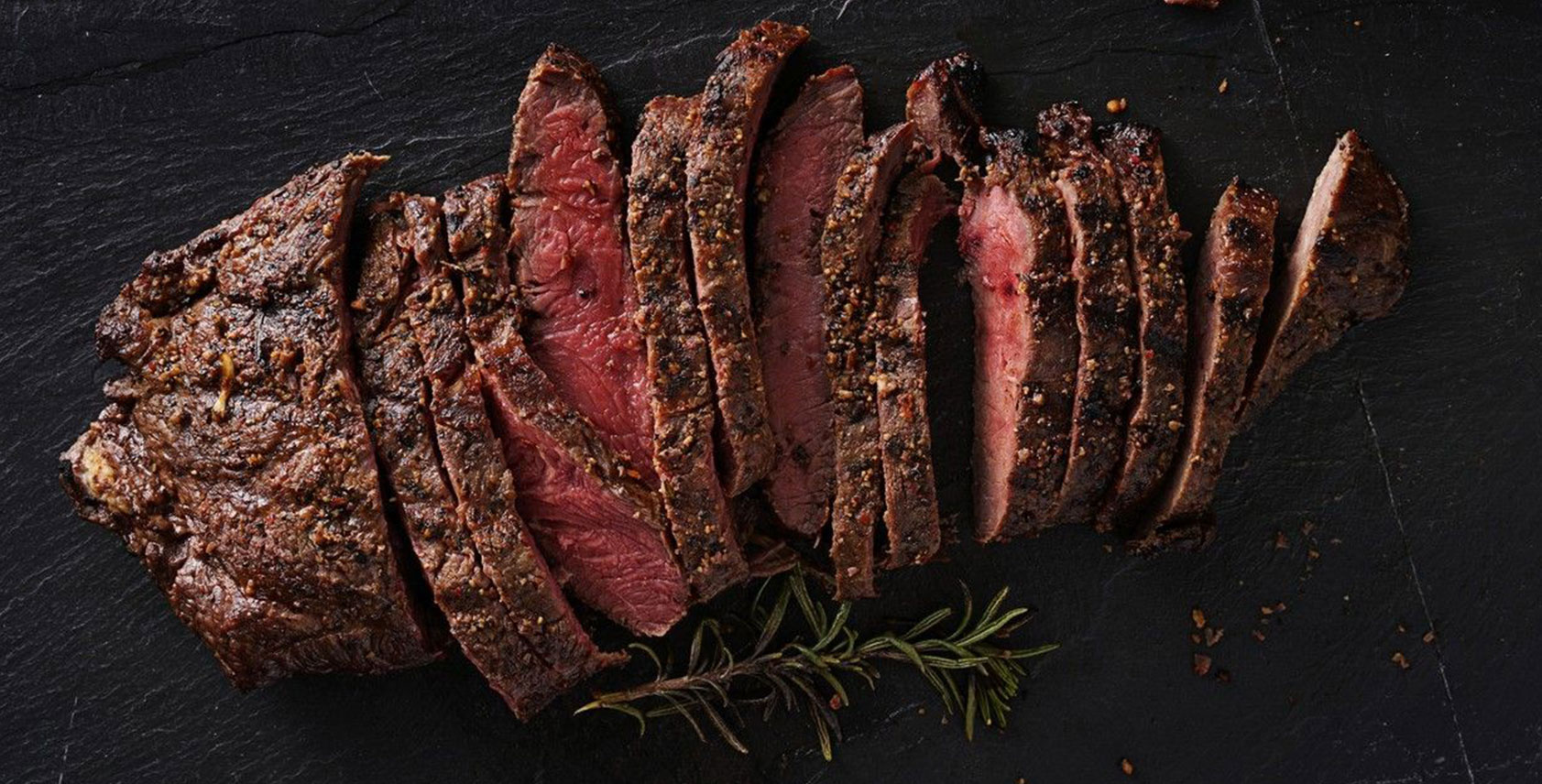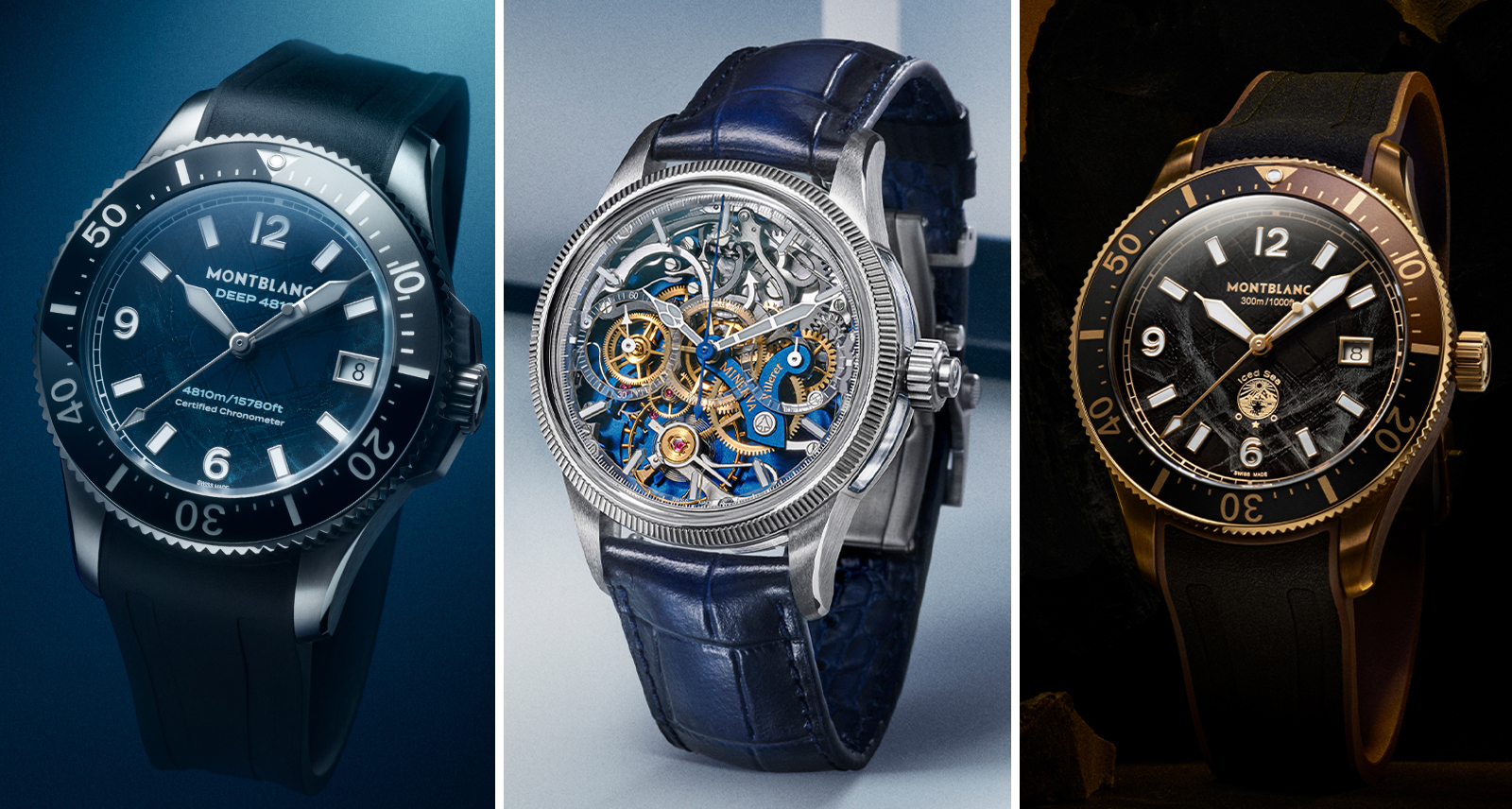Here’s How to Make Your Ribeye Taste as Good as a High-End Steakhouse
When beef is dry aged, it’s subject to a bunch of science—enzymes break down tissue, bacteria grows, fat oxidizes and moisture departs—but all you really need to know is that it gets more tender and flavourful. It’s what makes the 40-day aged ribeye at your favourite steakhouse so much better than the one you get from your supermarket’s butcher counter. Here’s how to DIY.
The Cut
Start big. By using a larger cut including fat caps and bones (known as a primal cut), you’ll get more yield once the hardened outer layer is trimmed off. Start with a prime rib, or a whole rib eye primal… the more fat and the more evenly it is distributed, the better, as it helps protect the meat inside from drying out completely.
The Space
For various reasons (mostly food safety related) your setup should mimic the pros: cool (two to five degrees C), clean and dry with a steady airflow. The beer fridge in your garage and a small desk fan will work well. Put the beef on a wire rack with a baking sheet beneath it on the middle shelf of the empty fridge. Point the fan at the meat.
The Time
Twenty to 30 days is the magic range. Any less and you won’t notice much of a difference; any more, and you’ll start to get musky, earthy notes, which you’re probably not looking for.
The Trim
Cut the ribs into one-bone steaks and then trim off the hardened outer layer. Don’t be shy; you’ll likely have to sacrifice up to 25 per cent of the meat. A sharp knife is key.
The Payoff
It’s dry, so you don’t need to cook it as long, and it’s naturally buttery and delicious, so you don’t need much seasoning. Just sprinkle it with salt and pepper, grill it quick and hot, and enjoy the work of a gazillion little friendly bacteria.










